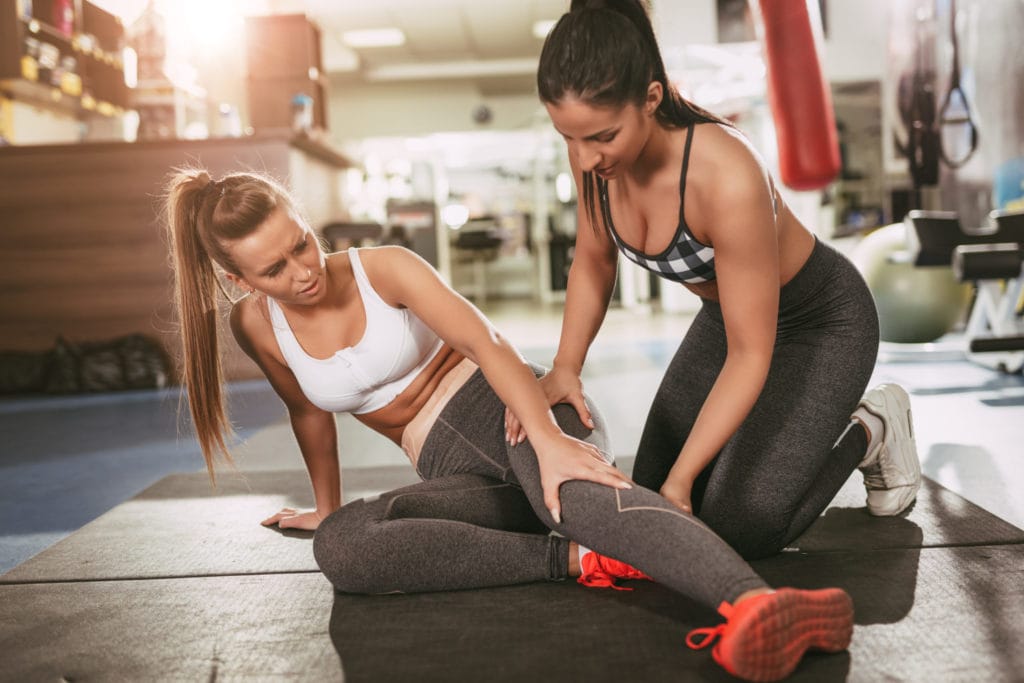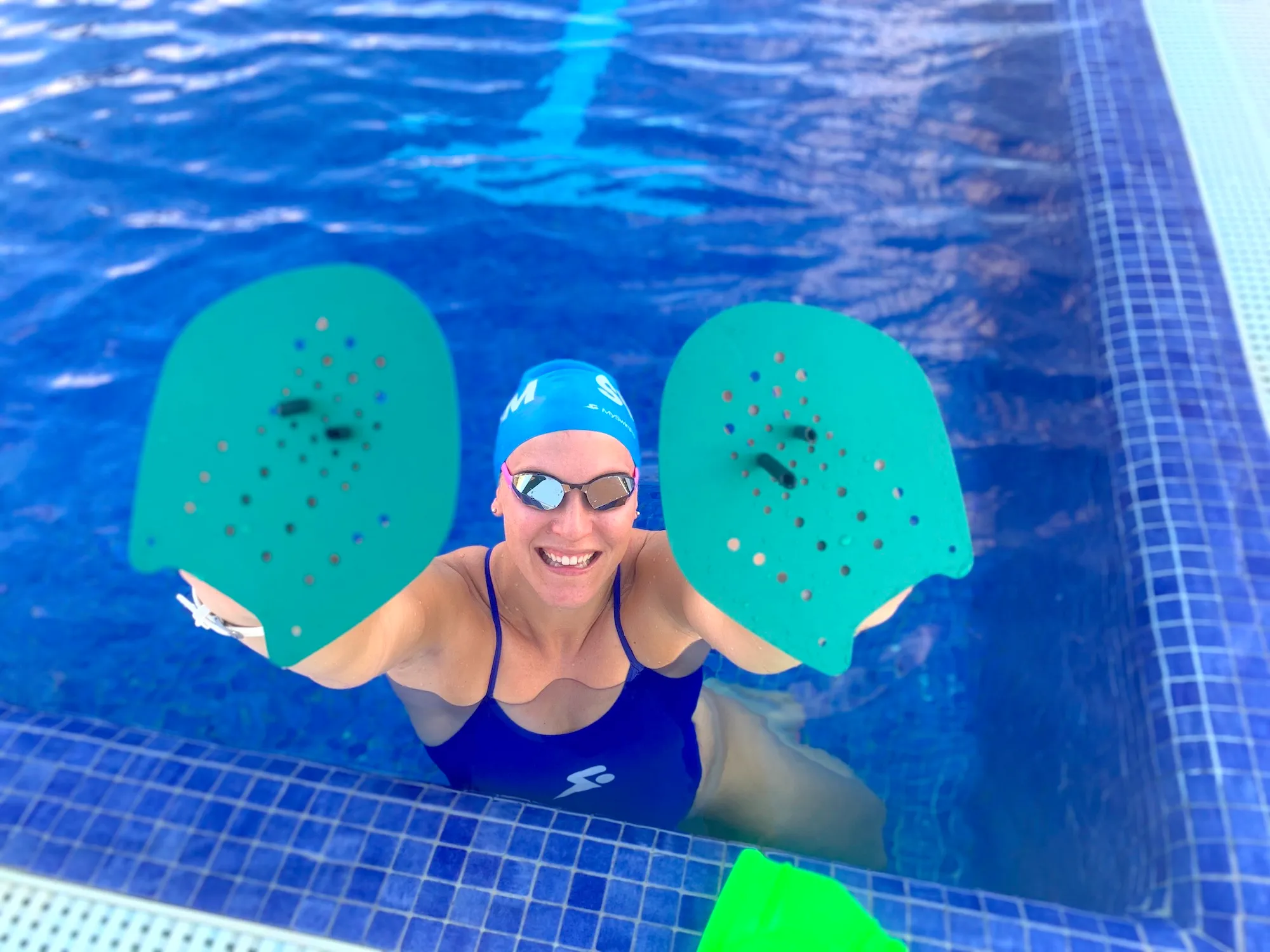Incorporating regular exercise into your routine is essential for maintaining health and fitness, but it comes with its own set of challenges, particularly the risk of injuries. Understanding common exercise injuries, their causes, and effective prevention strategies can help you stay active while minimizing risks. This article provides clear insights into the types of injuries you may encounter, the importance of proper warm-up and cool-down routines, the right equipment for safe workouts, and how to recognize the signs of overexertion. By following these guidelines, you can enhance your workout experience and promote long-term fitness success.
In this article you will find:
Understanding Common Exercise Injuries and How to Avoid Them
Engaging in regular physical activity is essential for maintaining a healthy lifestyle, but it’s crucial to recognize that exercise can sometimes lead to injuries. Understanding common exercise injuries and implementing strategies to avoid them can help you maximize your workout while minimizing risks. This guide will delve into the most prevalent exercise-related injuries and provide actionable tips to keep you safe and injury-free.
Common Exercise Injuries
Exercise injuries can occur in various forms, often resulting from improper techniques, inadequate preparation, or overexertion. Here are some of the most common injuries:
- Sprains: These injuries occur when ligaments—the tissues connecting bones at a joint—are stretched or torn. Sprains often affect the ankles, knees, and wrists.
- Strains: Strains happen when muscles or tendons are overstretched or torn, commonly affecting the back, hamstrings, and quadriceps.
- Tendinitis: This is an inflammation of a tendon, often resulting from repetitive motions. Common areas affected include the elbow (tennis elbow) and shoulder (rotator cuff tendinitis).
- Stress fractures: These are small cracks in the bone caused by repetitive force or overuse, frequently seen in the feet and lower legs.
- Shin splints: This condition is characterized by pain along the shin bone, often due to high-impact activities such as running or jumping.
Causes of Exercise Injuries
Understanding the causes of exercise injuries is vital for prevention. Some primary factors include:
- Poor technique: Incorrect form while performing exercises can place undue stress on joints and muscles, leading to injury.
- Lack of warm-up: Failing to properly warm up before a workout can make muscles more susceptible to strains and sprains.
- Inadequate recovery: Not allowing sufficient time for rest and recovery between workouts can result in overuse injuries.
- Improper equipment: Using inappropriate or worn-out gear, such as shoes lacking support, can increase injury risk.
Strategies to Avoid Injuries
Preventing exercise injuries is essential for sustaining a long-term fitness routine. Here are some effective strategies:
- Warm up properly: Engage in dynamic stretching or light cardio for at least 5 to 10 minutes before your workout to prepare your muscles and joints.
- Use correct techniques: Focus on maintaining proper form during exercises. Consider working with a trainer to learn the right techniques for your workouts.
- Progress gradually: Increase the intensity and duration of your workouts slowly over time to allow your body to adapt and reduce the risk of injury.
- Invest in quality equipment: Choose suitable footwear and equipment that provide the necessary support and cushioning for your specific activities.
- Stay hydrated: Proper hydration is essential for muscle function and recovery. Ensure you drink plenty of water before, during, and after exercise.
- Listen to your body: Pay attention to any signs of discomfort or pain. If you experience persistent pain, seek medical advice before continuing your workouts.
For more detailed insights on exercise safety and injury prevention, consider visiting Better Health Channel, which provides a wealth of information on staying safe during physical activity.
The Importance of Proper Warm-Up and Cool-Down Routines
In the pursuit of fitness and health, many individuals often overlook the significance of warm-up and cool-down routines. These essential practices can dramatically impact your workout effectiveness, enhance performance, and reduce the risk of injury. This section will explore why proper warm-up and cool-down routines are vital components of any exercise regimen.
Why Warm-Up Matters
A warm-up serves as a preparatory phase before engaging in more strenuous physical activity. It gradually increases your heart rate and blood circulation, making your muscles more pliable and ready for action. Here are some key benefits of warming up:
- Increases Blood Flow: Warming up enhances blood flow to your muscles, which helps deliver oxygen and nutrients needed for peak performance.
- Improves Flexibility: Dynamic stretches during the warm-up phase increase muscle elasticity, promoting greater range of motion.
- Reduces Injury Risk: A proper warm-up prepares your body for the demands of exercise, decreasing the likelihood of strains and sprains.
- Mental Preparation: Engaging in a warm-up routine helps you mentally transition into your workout, boosting focus and motivation.
Effective Warm-Up Techniques
To maximize the benefits of warming up, consider incorporating the following techniques:
- Dynamic Stretching: Incorporate movements that mimic the exercises you plan to perform. Examples include arm circles, leg swings, and torso twists.
- Light Aerobic Activity: Engage in 5 to 10 minutes of light cardio, such as jogging or jumping jacks, to elevate your heart rate.
- Sport-Specific Drills: If you’re preparing for a specific sport or activity, include drills that replicate the movements you’ll be performing.
The Role of Cool-Down
Just as warming up is crucial, cooling down is equally important to ensure a safe transition from intense activity back to a resting state. A proper cool-down can yield numerous benefits:
- Facilitates Recovery: Cooling down helps gradually lower your heart rate and blood pressure, aiding the recovery process.
- Reduces Muscle Soreness: Stretching during the cool-down phase can help alleviate muscle tightness and soreness, promoting faster recovery.
- Prevents Dizziness: A cool-down helps prevent lightheadedness or fainting that can occur when suddenly stopping intense exercise.
- Enhances Flexibility: Static stretching during the cool-down phase increases muscle flexibility and joint range of motion over time.
Cool-Down Techniques
To implement an effective cool-down routine, consider the following techniques:
- Focus on major muscle groups, holding each stretch for 15 to 30 seconds to promote flexibility.
- Controlled Breathing: Incorporate deep breathing exercises to help relax your body and mind as your heart rate returns to normal.
- Gradual Decrease in Intensity: If you’ve been running or performing high-intensity exercises, gradually slow down your pace to allow your body to adjust.
For further insights into effective warm-up and cool-down routines, you can visit Better Health Channel, which offers valuable resources on exercise safety and performance enhancement.
Choosing the Right Equipment for Safe Workouts
When it comes to exercise, having the right equipment is crucial for both performance and safety. The equipment you choose can significantly impact your workout experience and help prevent injuries. This section will explore the importance of selecting appropriate workout gear and provide guidance on how to make informed choices for your fitness journey.
Why Equipment Matters
The right equipment can enhance your workout efficiency, provide necessary support, and minimize the risk of injury. Here are some reasons why choosing the right equipment is essential:
- Support and Stability: Quality equipment offers the necessary support for your body, ensuring stability during exercises and reducing the likelihood of strains or sprains.
- Enhanced Performance: Using specialized gear can improve your performance by allowing you to execute movements more effectively and comfortably.
- Injury Prevention: Properly designed equipment reduces the risk of injury by accommodating your body’s biomechanics and helping to maintain correct posture during workouts.
- Increased Motivation: Investing in high-quality equipment can boost your enthusiasm for exercising, making it easier to stay committed to your fitness goals.
Essential Equipment for Different Workouts
Depending on your workout type, the necessary equipment may vary. Here’s a breakdown of essential gear for various activities:
- Cardiovascular Workouts:
- Running Shoes: Invest in high-quality running shoes with proper cushioning and arch support to reduce impact on joints.
- Heart Rate Monitor: A heart rate monitor helps you track your intensity levels, ensuring you’re working out within safe limits.
- Strength Training:
- Weightlifting Shoes: These shoes provide stability and support, enhancing your lifting performance and protecting your feet.
- Resistance Bands: Versatile and portable, resistance bands are great for strength training and can help prevent injuries through controlled movements.
- Group Classes:
- Yoga Mat: A quality mat provides cushioning and grip, essential for practicing yoga and other floor exercises safely.
- Comfortable Clothing: Wear moisture-wicking and flexible clothing that allows freedom of movement and enhances comfort during workouts.
- Sports Activities:
- Protective Gear: Depending on the sport, ensure you have the appropriate protective gear, such as helmets, pads, or mouthguards, to safeguard against injuries.
Evaluating Equipment Quality
When selecting workout equipment, consider the following factors to ensure quality and safety:
- Material: Look for durable materials that can withstand wear and tear while providing adequate support.
- Fit: Ensure that equipment, such as shoes or clothing, fits properly to avoid discomfort and enhance performance.
- Brand Reputation: Opt for reputable brands known for their quality and safety standards in fitness equipment.
- User Reviews: Check customer reviews and ratings to gauge the effectiveness and reliability of the equipment before purchasing.
For more detailed insights into choosing the right fitness equipment, consider visiting Better Health Channel, which offers valuable resources on exercise safety and the importance of proper gear.
Listening to Your Body: Recognizing Signs of Overexertion
As you embark on your fitness journey, one of the most vital skills you can develop is the ability to listen to your body. Overexertion can lead to injuries, fatigue, and burnout, hindering your progress and motivation. This section will discuss the importance of recognizing the signs of overexertion and how to respond appropriately to keep your workouts safe and effective.
What is Overexertion?
Overexertion occurs when you push your body beyond its limits, often resulting in physical and mental fatigue. It can happen during any type of workout, whether you’re lifting weights, running, or participating in a group class. Understanding the signs of overexertion is crucial for maintaining a healthy exercise routine.
Common Signs of Overexertion
Recognizing the early warning signs of overexertion can help you avoid serious injury and ensure a more enjoyable workout experience. Here are some common indicators to watch for:
- Excessive Fatigue: Feeling unusually tired during or after your workout can indicate that you are overexerting yourself.
- Persistent Muscle Soreness: While some soreness is normal, persistent pain that lasts beyond a few days may suggest you need to ease up on your training.
- Decreased Performance: If you notice a drop in your performance level, such as struggling to complete routines you previously managed, it may be a sign of overexertion.
- Increased Heart Rate: An elevated resting heart rate can indicate that your body is under stress and not recovering adequately.
- Dizziness or Nausea: Feeling lightheaded or nauseous during or after exercise is a clear sign that your body may be overwhelmed.
- Mood Changes: Increased irritability, anxiety, or mood swings can be linked to overtraining and the mental strain it puts on your body.
How to Respond to Overexertion
Listening to your body is essential for long-term fitness success. If you recognize any signs of overexertion, consider the following strategies:
- Take a Break: Allow yourself time to rest and recover. Skipping a workout or two can help your body heal and regain strength.
- Modify Your Routine: If you’re feeling fatigued, consider reducing the intensity or duration of your workouts. Focus on lower-impact activities, such as walking or gentle yoga.
- Stay Hydrated: Dehydration can exacerbate feelings of fatigue and dizziness. Ensure you’re drinking enough water before, during, and after exercise.
- Consult a Professional: If you continue to experience symptoms of overexertion, consider speaking with a fitness trainer or healthcare provider for personalized advice.
- Incorporate Rest Days: Schedule regular rest days in your workout routine to allow your body to recover and prevent overtraining.
Long-Term Benefits of Listening to Your Body
Developing the skill of listening to your body can lead to a more sustainable and enjoyable fitness journey. Here are some long-term benefits:
- Injury Prevention: By recognizing signs of overexertion early, you can reduce the risk of injuries and setbacks.
- Improved Performance: Training within your limits can enhance your overall performance and help you achieve your fitness goals more effectively.
- Greater Enjoyment: When you respect your body’s signals, you’re more likely to enjoy your workouts and stay motivated over time.
For further insights on listening to your body and ensuring a safe workout experience, consider visiting Better Health Channel, which offers valuable resources on exercise safety and well-being.Engaging in regular exercise is essential for health, but understanding and preventing injuries is crucial for long-term success. Common exercise injuries include sprains, strains, tendinitis, stress fractures, and shin splints, often caused by poor technique, lack of warm-up, inadequate recovery, or improper equipment. To prevent injuries, it is important to warm up properly, use correct techniques, progress gradually, invest in quality equipment, stay hydrated, and listen to your body’s signals.
Additionally, incorporating effective warm-up and cool-down routines can significantly enhance performance and reduce the risk of injury. Recognizing signs of overexertion, such as excessive fatigue, persistent soreness, decreased performance, and mood changes, is vital. If you experience these symptoms, take breaks, modify your routine, and stay hydrated to support recovery. Prioritizing these practices will help you maintain a safe and enjoyable fitness journey.




